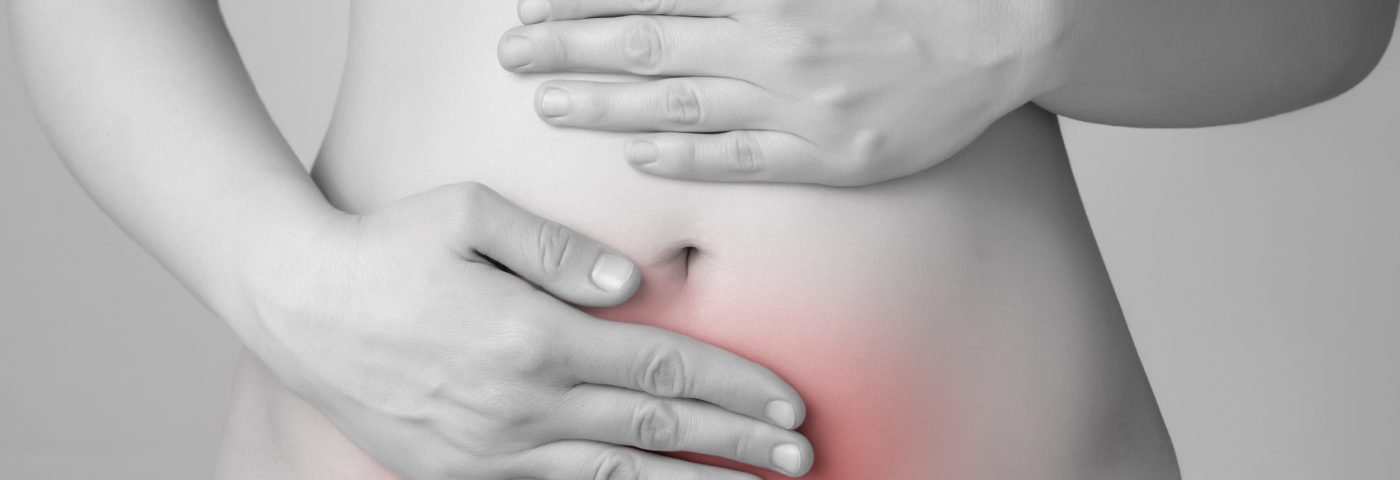A homeopathic treatment that uses potentized estrogen can ease endometriosis-associated pelvic pain, improving patients’ quality of life while lessening symptoms of anxiety and depression, a study reports.
These findings were published in the European Journal of Obstetrics & Gynecology and Reproductive Biology in the article, “Potentized Estrogen In Homeopathic Treatment Of Endometriosis-Associated Pelvic Pain: A 24-Week, Randomized, Double-Blind, Placebo-Controlled Study.”
Symptoms of endometriosis-associated pelvic pain (EAPP) include dysmenorrhea (menstrual cramps), deep dyspareunia (pain during sexual intercourse), non-cyclic pelvic pain, cyclic bowel pain, and cyclic urinary pain. EAPP is usually treated with anti-inflammatory drugs in combination with oral contraceptives or progestins. However, most of these drugs have side effects that make prolonged treatment problematic.
The study aimed to investigate the effect of a homeopathic treatment with potentized estrogen in EAPP patients.
The Phase 4 trial (NCT02427386) included 50 women (ages 18 to 45) with demonstrated EAPP. Patients received either oral potentized estrogen (12cH, 18cH and 24cH homeopathic potencies) or a placebo, twice daily.
Researchers assessed changes in the EAPP severity from study’s start to week 24 of treatment, which were measured as the difference in the mean score of five modalities of chronic pelvic pain (dysmenorrhea, deep dyspareunia, non-cyclic pelvic pain, cyclic bowel pain and/or cyclic urinary pain).
They also investigated the treatment’s effect on life quality (using the SF-36 Health Survey Questionnaire), depression symptoms (using the Beck Depression Inventory, BDI), and anxiety symptoms (using the Beck Anxiety Inventory, BAI).
Results indicated that patients in the treatment group had a decrease of 12.82 in the EAPP global score from study’s start to week 24 compared to those given placebo. Potentized estrogen also decreased EAPP partial scores in three parameters: dysmenorrhea (3.28), non-cyclic pelvic pain (2.71), and cyclic bowel pain (3.40), whereas placebo induced no changes.
Treated patients also had a significant improvement in three of eight SF-36 domains (bodily pain, vitality and mental health) and depression symptoms (BDI), compared to patients on the placebo.
Only one patient on potentized estrogen quit the treatment due to adverse effects. Most common side effects reported were nasopharyngitis, leucorrhea (a thick and whitish discharge from the vagina), and diarrhea.
“[I]n the present 24-week, randomized, double-blind, placebo-controlled study, potentized estrogen was associated with significant improvement of EAPP, quality of life and depression symptoms among women with endometriosis,” the researchers wrote. “Potentized estrogen might represent an effective and well-tolerated complementary treatment for the pain and mental symptoms of endometriosis.”

